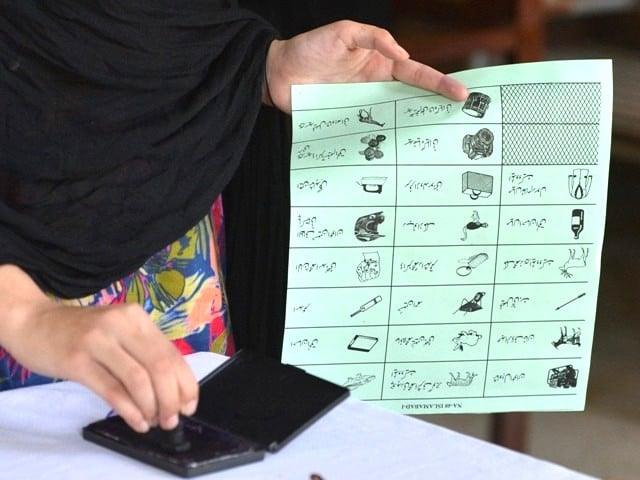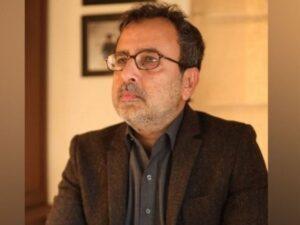Islamabad:
Women voters in 18% of the local communities in jurisdiction for male and female electoral places in the National Assembly’s constituencies voted differently from their male colleagues during the 2024 parliamentary elections, according to a report published by the Free and Fair Election Network (Fafen) on Sunday.
The report comparing results from male and female electoral places within the same communities found that in 82% of local communities, male and female voters are in line with choosing winners and choosing the same candidate.
In 18% of communities, however, male and female voters diverged and returned various winners from their respective electoral places.
Since election results of combined polling rooms do not give a gender degradation of how male and female voters vote, the FAFENS’s assessment could only compare the results of male and female election rooms.
Furthermore, the report limited its scope to male and female electoral places where men and women from the same election areas voted. The evaluation includes 21,188 societies that include 42,804 comparable male and female elections.
In 18 percent of communities, male and female voters diverged in their choice of winner as they returned different winners from their respective electoral places.
Compared to rural areas, societies in urban areas showed more divergent choices among male and female voters.
Among the regions, Islamabad had the highest proportion (37%) of election communities with different winners in male and female elections.
Balochistan had the second highest share (32%) followed by Sindh (19%) and Punjab (18%), while Khyber Pakhtunkhwa (KP) had the lowest proportion (13%) of such election communities.
Of the 3,884 communities where women’s choice of winner for national assembly seats was different, Pakistan Tehreek-E-Insaf (PTI) won more support from women in 1,260 communities, followed by Pakistan Muslim League-Nawaz (PML-N) in 1,027 and Pakistan Peoples Party parliamentarians (PPPP) in 694 Society.
Regional trends showed that while PTI was working well across the country in terms of female voters’ choice, PML-N remained strong in Punjab, and PPPP dominated in Sindh.
In 37 NA election circles, the largest proportion of voters in female electoral premises did not vote for the winning candidates. In 226 NA -election circles, the largest proportion of voters voted in female election rooms for the electoral winner.
In 166 of these NA election circles compared to the voters of male electoral places, a larger proportion of voters in female electoral premises became pollet for the winner.



